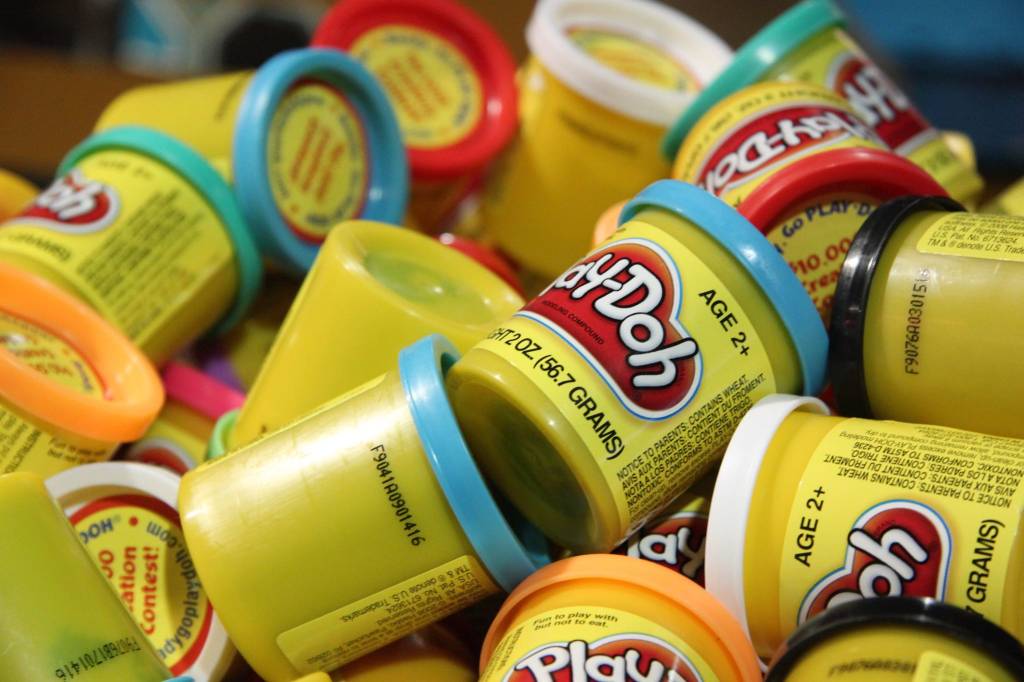The history of Play-Doh is truly fascinating, capturing the hearts of children and adults alike. It all began in the 1930s when the innovative minds of brothers Noah and Joseph McVicker saw potential in a putty-like substance. Originally created as a wallpaper cleaner for their company, Kutol Products, the clay-like material proved to be a hit in removing stubborn coal residue from wallpaper – a common issue during that era of coal-powered furnaces. But as the world shifted towards oil and gas furnaces in the 1950s, the demand for a coal residue cleaner vanished, leaving the future of Kutol Products uncertain. However, the McVicker brothers refused to give up and took a bold leap by pivoting their business towards a new direction – focusing solely on their beloved Play-Doh. And the rest, as they say, is history – Play-Doh continues to stand the test of time, delighting generations of children and leaving a lasting legacy.

Everyone was talking about the schoolteacher in Cincinnati who had discovered a clever way to incorporate wallpaper cleaner into their arts and crafts lessons. The versatile and user-friendly nature of the cleaner was the perfect fit for imaginative projects, captivating both educators and students alike. Realizing the limitless possibilities of their product as a child’s plaything, the McVicker brothers made a shrewd decision to shift their focus in business.
Back in 1956, Play-Doh went through a major transformation. Its formula was revamped to include a vibrant array of colors, a softer texture, and increased moldability. No longer just a household cleaner, the focus shifted to positioning it as a versatile and imaginative toy. The clever marketing strategy highlighted Play-Doh’s educational benefits, sparking children’s creativity. And it paid off big time – by the late 1950s, Play-Doh was a household name and a staple in toy stores nationwide.

Recognizing the immense potential of Play-Doh, a household name in the toy industry, Hasbro swooped in and acquired the rights to the beloved product. This momentous move paved the way for a new chapter in Play-Doh’s history, joining forces with a powerhouse that had the means and know-how to take it to greater heights. With Hasbro at the helm, Play-Doh continued to evolve, delighting children everywhere with new colors, scents, and playsets, cementing its status as a staple in playrooms across the globe.
Play-Doh’s lasting triumph can be attributed not only to its versatile nature, but also its uncanny knack for unleashing the natural inventiveness of children. From its humble beginnings as a household cleaner, the brand has become a beloved symbol of imaginative play during childhood. Boasting over 3 billion cans sold worldwide, Play-Doh serves as a shining example of company adaptability and ingenuity in adapting to evolving consumer needs.
The remarkable story of Play-Doh is a powerful example for both entrepreneurs and businesses, demonstrating the value of staying in tune with market changes and welcoming unconventional product uses. It showcases the potential for turning a potential setback into a resounding success by embracing strategic pivots and embracing change. Through generations, Play-Doh’s journey continues to serve as a source of inspiration for both children and adults, highlighting the evergreen importance of creativity and adaptability in the business world.
Leave a comment